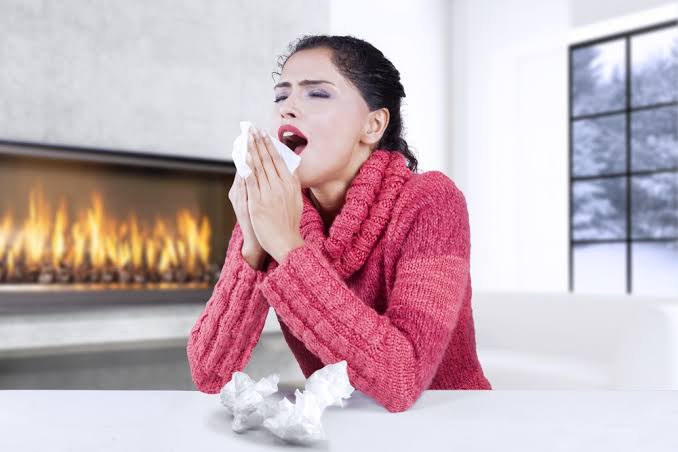
Allergic rhinitis is one of the most common diseases, and 50% of those who visit ENT clinics complain about it. The number of people infected with it is constantly increasing, and many scientific researches have been conducted that answered a lot of questions related to allergies, but they did not answer all the questions about it. Before talking about allergies, we shed light on the nose and its function.
It consists of two air streams mediated by a barrier, and the air passes from it to the throat and larynx and then to the trachea and the lungs. Its lateral wall contains several protuberances called the corneas of the nose. The nose and sinuses are covered with a moist mucous membrane that is of paramount importance to maintaining the state of health and thus preserving the human being. The nose controls the temperature and humidity of the air entering the body. This membrane also protects the body from foreign particles that enter the nose by capturing them and cleaning the nose from them. Most people suffer from one or two bouts of what is called a cold, and the bout lasts for a few days and then disappears. The cause of a cold is cold or influenza viruses, but allergic rhinitis has completely different causes.
The air contains many minute particles that float in the air, and some of them enter the airways. These bodies include bacteria, viruses, dust particles, plant pollen, and various animal elements. The human immune system has the ability to protect a person from all external factors that affect him. And when these foreign bodies enter the nose, the body interacts with them and neutralizes them, and many of the bodies consist of proteins that are not harmful to humans, but some people interact with these foreign bodies with excessive sensitivity that leads to the emergence of allergy symptoms, knowing that the same these bodies do not lead to the same result in other people This severe reaction is called allergy, and the individual may have a genetic predisposition to allergies. It is not strange to find an entire family suffering from allergic diseases.






